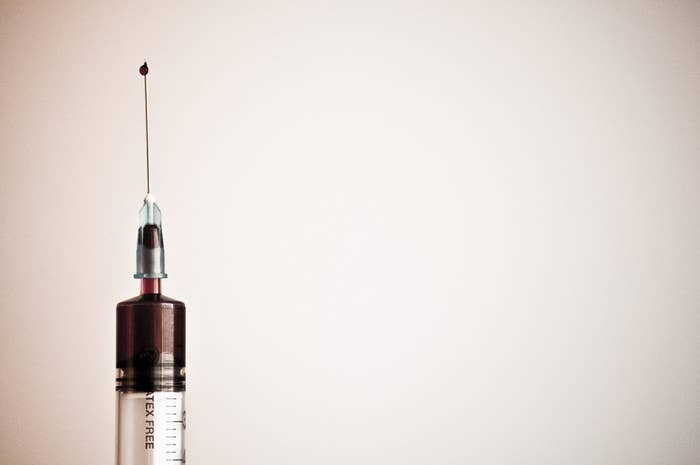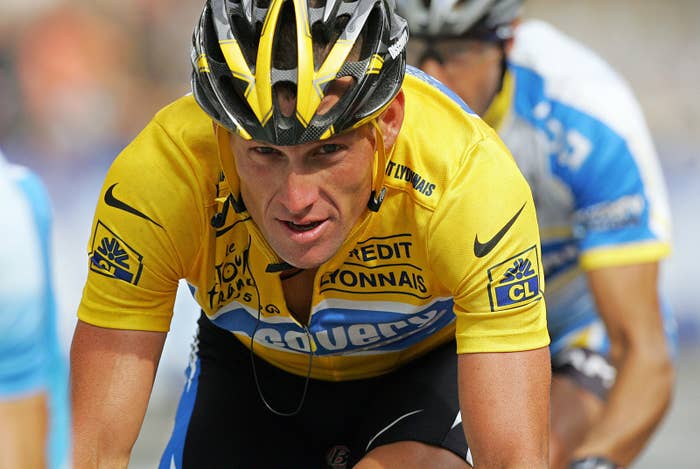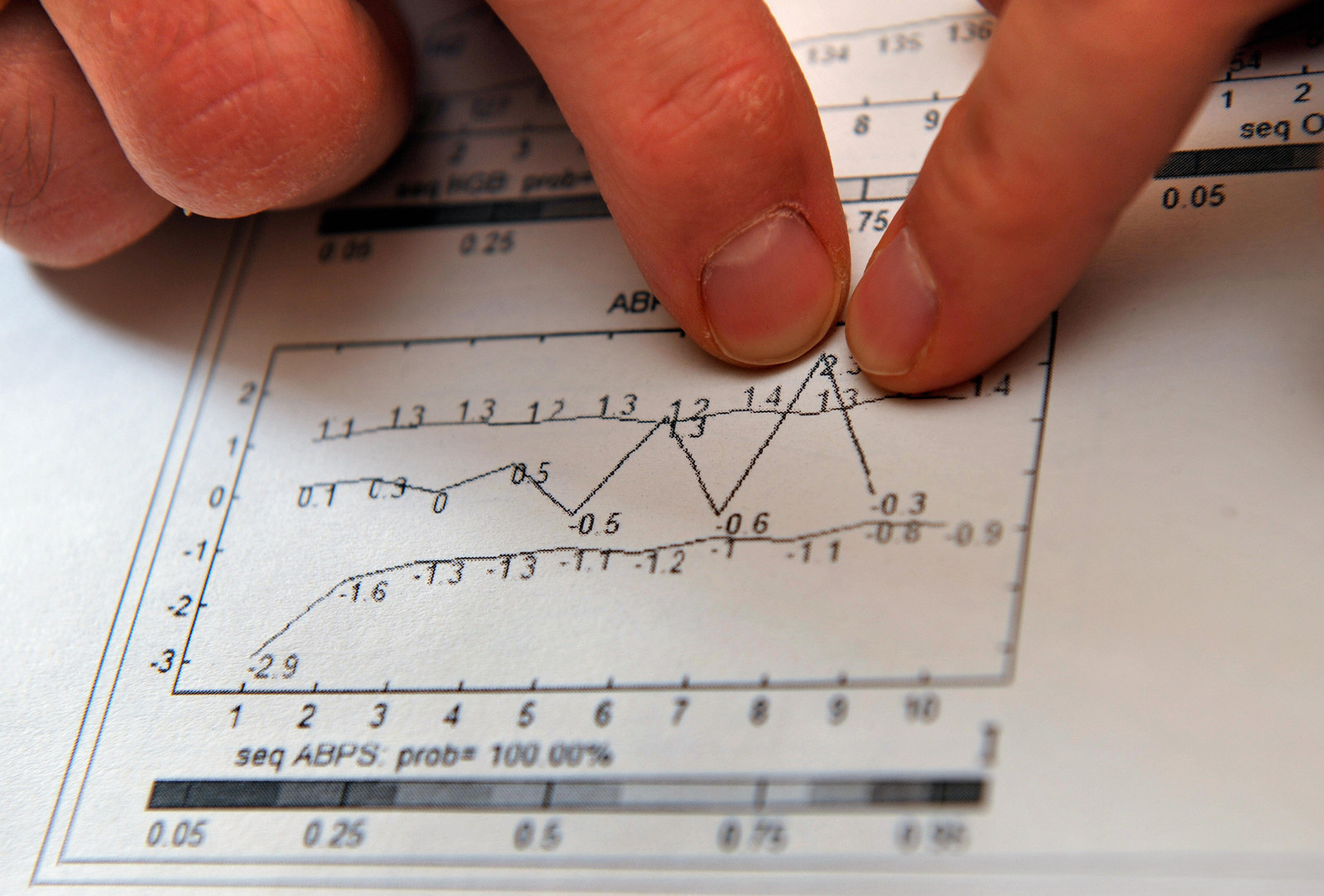
Track and field athletics is back in the news — for all the wrong reasons. On Monday, an independent commission convened by the World Anti-Doping Agency concluded that Russia should be suspended from international competition, after finding evidence of systematic doping.
But this isn’t a story of sports being as dirty as they ever were. In fact, a quiet revolution has taken place over the past few years, as anti-doping scientists have begun to look for the way in which the human body responds to doping, rather than trying to find traces of the drugs themselves.
Experts say that this new approach — dubbed the athlete biological passport — has created a more level playing field, putting the drug cheats on the defensive after decades of dominance. But while the passports have reduced the doses that cheats can take without getting caught, statistical uncertainties mean they can’t catch all the dopers. So expecting science to clean up sports is an approach that is ultimately doomed to fail — especially if the corruption that allowed Russian athletes to cheat is not rooted out.
“There is no technological way out of this,” Michael Joyner, an exercise physiologist at the Mayo Clinic in Rochester, Minnesota, told BuzzFeed News.
For decades, anti-doping science was based on detecting traces of banned substances in athletes’ urine. But that meant the testers were playing a losing game of catch-up: As soon as a new test became available, the athletes would ditch that particular performance-enhancing drug and move on to a new one.
These drugs fall into three main categories. Best-known are anabolic steroids that mimic the male sex hormone testosterone, building muscle. Growth hormones are similarly thought to increase muscle and reduce body fat. Drugs such as erythropoetin, or EPO, meanwhile, boost the blood’s ability to carry oxygen — which explains their use in endurance sports like cycling.
The idea behind the biological passports is not to look for banned drugs or their breakdown products, but instead to regularly monitor athletes’ physiology for abnormalities that indicate cheating — regardless of what drug is responsible. The World Anti-Doping Agency introduced the blood-doping module of its biological passport in 2009, and followed up with a module for anabolic steroids in 2014. A module for growth hormones is still being developed.
For EPO and other forms of blood doping, testers take regular samples and record various measures of red blood cells and the overall concentration of the oxygen-carrying protein hemoglobin. Over time, a profile for each measure is composed for every athlete, and statistical tests are used to detect deviations from the athlete’s norms that indicate a doping violation.
The International Cycling Union led the way with the blood doping biological passports, introducing them in 2008. And they seem to have helped clean up a sport that had a terrible reputation for doping — even before seven-time Tour de France winner Lance Armstrong’s fall from grace.
From 2001 to 2007, blood samples taken from elite cyclists indicated that around 10% had “extreme” numbers of immature red blood cells, suggesting that they had taken a drug like EPO. But by 2009, scientists with the International Cycling Union found that this number had dropped to less than 3%.
Abnormal biological passport results usually trigger conventional testing for prohibited substances. But even without a positive result for a known drug, a passport violation is enough to secure a ban. The current list of almost 300 track and field athletes banned from competition for doping violations, for example, includes 20 who were sanctioned solely on the basis of biological passport results.

No one knows for sure how many elite athletes are doping — and the numbers will vary widely from sport to sport and from country to country. However, a study of German elite athletes from various Olympic sports, using an anonymous survey carefully designed to draw out truthful answers, put the figure who doped in the 2005 season at between 20% and 39%. A follow-up study in the 2008 season produced similar results.
So why aren’t biological passports doing a better job of catching the cheats? One answer is corruption: Monday’s report into Russia’s systematic doping (which the Kremlin contests) concludes that coaches illicitly obtained details of suspicious biological passport tests against their athletes.
But there’s a more fundamental limitation, which can’t be avoided so long as biological passports are used to impose stringent sanctions for doping offenses.
Thresholds for a suspicious test are set high, to make false positives decreasingly rare. Although the test would catch most of the cheaters by lowering the threshold, Joyner said, that would also mean that up to 3% of the passport results flagged as suspicious would implicate athletes who had not actually doped.
Athletes know this, and take advantage of it. “I think the days of industrial-strength doping are over,” said Joyner. But it’s been replaced by what drug testers call “microdosing,” in which cheats use smaller doses of performance-enhancing drugs, confident that this is unlikely to cause a problem with their biological passport.
“People are trying to come under the radar by administering minute doses,” Joris Delanghe, a clinical chemist at Ghent University in Belgium, told BuzzFeed News.
When the difference between gold and silver is measured in fractions of a second, even a small performance boost can make an important difference. The potential for continued cheating was demonstrated in 2011 by a team from the Science and Industry Against Blood Doping consortium in Queensland, Australia. They injected 10 volunteers twice weekly with small doses of EPO for up to 12 weeks, boosting hemoglobin levels by 10%. Yet none of the participants would have been flagged as suspicious by a biological passport, given current thresholds for detection.

Ironically, the scientist who pioneered the concept of biological passports never actually intended them to be used to impose lengthy bans from competition. In 1999, Jim Stray-Gundersen, who is today sports science adviser to the U.S. Ski and Snowboard Association, developed a similar blood-testing protocol called Safe and Fair Events, or SAFE.
The original idea, Stray-Gundersen told BuzzFeed News, was to bar athletes with suspicious results from competing in individual events, framing the effort in terms of their own safety. (Blood doping is dangerous because boosting numbers of red blood cells increases the risk of clots, heart attacks, and stroke.)
Although Stray-Gundersen initially set the thresholds high, he aimed to reduce them over time, as athletes came to trust the program, and saw that it reduced the prevalence of doping. “I wanted to get away from the cops and robbers game,” Stray-Gundersen said.
At the time, most sporting federations weren’t interested, and only the International Skating Union introduced the SAFE program.
Even though biological passports have departed from his original vision of subtly encouraging good behavior, Stray-Gundersen believes that they have curbed the drug cheats’ worst excesses.
“Now the clean athlete does have a chance,” he said.
